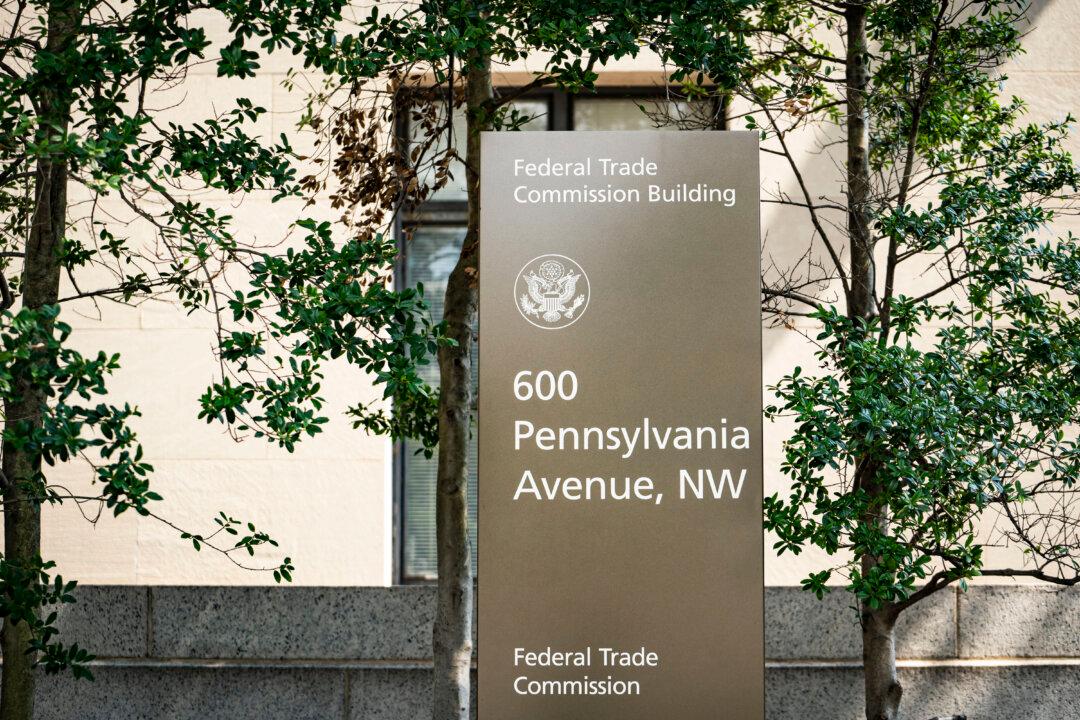A total of 89,132 pending sales were recorded for the period, which is the “lowest level on record for this time of year aside from 2020,” the company said.
Pending home sales refer to sales contracts that have been signed, but the transaction has not been completed. It acts as a barometer for the future performance of the housing market.
Redfin attributed the decline in pending sales to rising home prices and elevated mortgage rates, with these factors pushing up the median monthly housing payment to $2,860, only $6 short of the record high.
Meme Loggins, a Redfin agent in Portland, Oregon, said there is a “lot of doubt and hesitation” among prospective buyers.
“People are starting their home search, then backing out because they either talked to their lender and realized how high their monthly payments would be, or they’re feeling jittery about tariffs, a potential recession, and/or the possibility of getting laid off,” Loggins said.
“One smart strategy I’m seeing among the people who are buying right now: They’re looking for condos or small houses to lower their monthly payments and simplify their lives. And a smart strategy for sellers is offering mortgage rate buydowns to pique buyers’ interest.”
A mortgage rate buydown involves offering an upfront fee to lenders to lock in lower interest rates temporarily or permanently.
Potential buyers are waiting on the sidelines, seeking more clarity regarding the economic situation, it said. Meanwhile, sellers are returning to the market.
Inventory is rising, with 1.2 million homes for sale in April, up by nearly 20 percent from a year ago.
Builder Sentiment
The National Association of Home Builders (NAHB) said in a May 15 statement that builder confidence has taken a hit due to the soft spring selling season.Builder confidence in the market for newly built single-family homes fell in May, with the NAHB Housing Market Index falling to 34, down six points from the previous month.
“The spring home buying season has gotten off to a slow start as persistent elevated interest rates, policy uncertainty, and building material cost factors hurt builder sentiment in May,” said NAHB Chairman Buddy Hughes.
“However, the overwhelming majority of survey responses came before the tariff reduction announcement with China. Builders expect future trade negotiations and progress on tax policy will help stabilize the economic outlook and strengthen housing demand.”
Meanwhile, any significant jump in home buying activity could require mortgage rates to come down significantly so that monthly payments become more affordable.
A major decline in mortgage rates may only happen if the Federal Reserve lowers its benchmark interest rate significantly.







